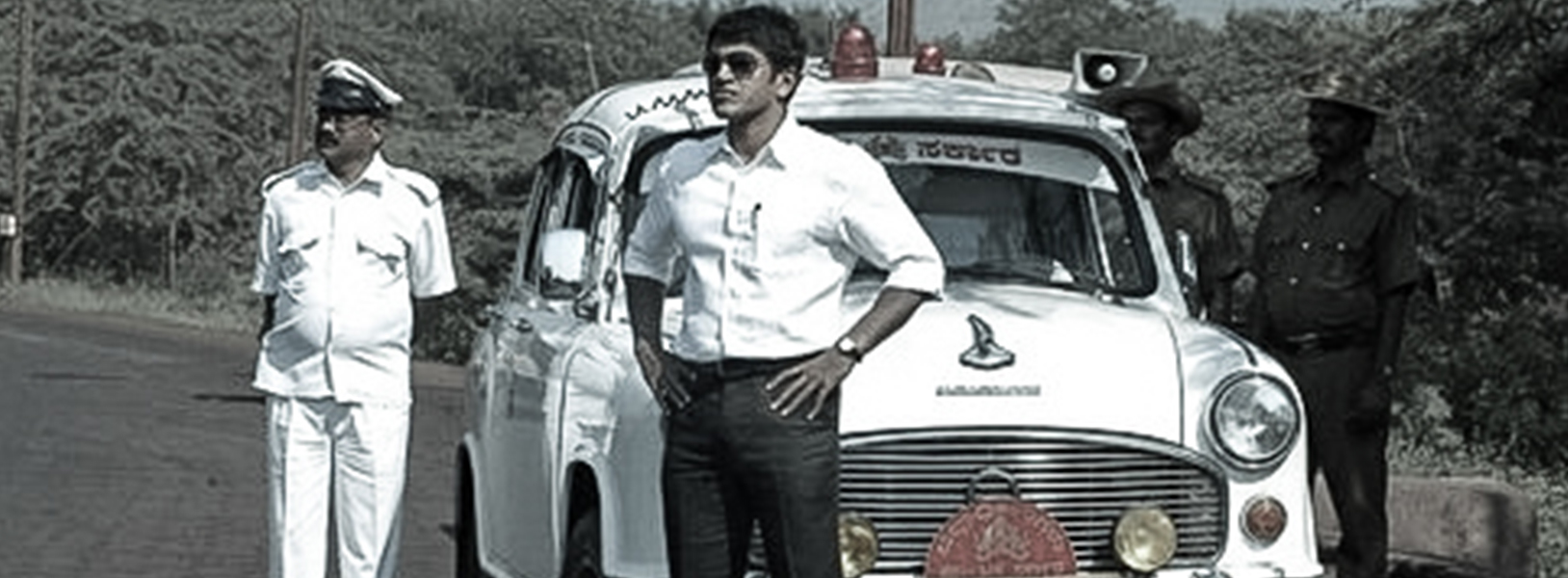Understanding India’s bureaucracy through the IAS officer

BLOGS BY T R RAGHUNANDAN OF THE ACCOUNTABILITY INITIATIVE
POLITICS BUREAUCRACY
Accountability Initiative at CPR deconstructs the Indian bureaucracy through the IAS (Indian Administrative Service) officer in a series of blogs by T R Raghunandan, a former bureaucrat himself, (referred to as Raghu here on) summarised below:
In the blog Uneasy Lies the Head that Wears the Additional Crown, Raghu breaks down the hierarchy of the Indian bureaucracy, explaining the various designations at different levels, and what these mean in terms of the power wielded.
In the next blog, taking off from the introductory one, Raghu details the Bureaucratic Review Process, unpacking the elaborate appraisal system, which is designed to ensure that the best talent reaches the top.
The third blog, How Commonplace is ‘Outstanding’?, explains how the gradation of officers during the review process is carried out; the hurdles in it; and the common use of ‘outstanding’ for 90 percent of the officers, reflective of the bureaucracy’s avoidance of confrontation in its internal dealings.
In the following two blogs, A Digression into Ethical Dilemmas and Ambition, Ethical Dilemmas and the Bureaucracy, Raghu shares his views on the ethical factors, which are likely to render ineffective a peer based confidential appraisal system–part of a new set of changes introduced.
In the last two blogs on this topic, The Loneliness Of The Ethical and How Honest Is Honest?, Raghu shares examples of the ‘loneliness of those who take an ethical stand, in the face of large numbers of those who do not’, and explains why a ‘shared understanding of what integrity is’, and a ‘culture of acceptance of honest criticism up the hierarchy’ (both currently lacking) are pre-requisites for a system of 360 degree appraisal to work as intended.


